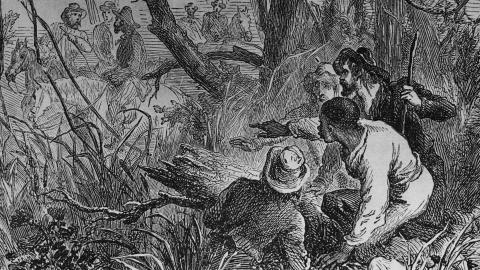“Uncle Tom’s Cabin” was the 19th century’s bestselling book after the Bible, and it remains one of the most influential novels of all time, its impact on a par with that of Charles Dickens’s “David Copperfield” and “Oliver Twist,” progenitors of Britain’s child-labor laws, and George Orwell’s “1984,” with its searing portrait of totalitarianism. The powerful antislavery message of “Uncle Tom’s Cabin” helped lay the moral groundwork that led to the Civil War.
Just how did a middle-aged New England faculty wife, mother and occasional magazine writer come to pen such an important piece of literature? In “A Plausible Man,” Susanna Ashton, an expert on slave narratives and a professor of English at Clemson University, credits a chance encounter between Harriet Beecher Stowe and a fugitive slave in December 1850.
Read the full article in the Wall Street Journal.
Enjoyed this article? Subscribe to Hudson’s newsletters to stay up to date with our latest content.




















